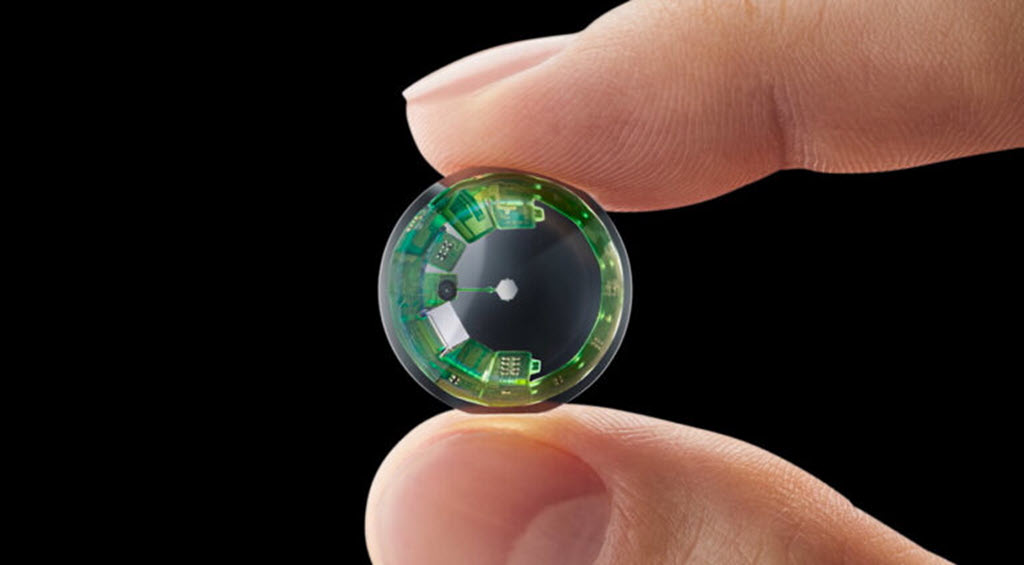
Three weeks ago Drew Perkins, the CEO of Mojo Vision, wore a feature-complete augmented reality smart contact lens at the company’s labs in Saratoga, CA. He could “interact with a compass to find my bearings, view images, and use an on-screen teleprompter.” To be clear, that means those things were in his field of vision under his control, able to be turned on and off with eye movements.
This is not science fiction. This is a person wearing a contact lens that exists today. The company intends to start internal testing and clinical trials, and ultimately submit the Mojo Lens to the FDA for market approval.
We don’t even have AR glasses yet. Those are still a couple of years away. But the Mojo Lens is laying the groundwork for a generation of AR technology that might be available for consumers to buy in ten years. That’s a short timeline! It’s not “in your lifetime.” It’s right around the corner.
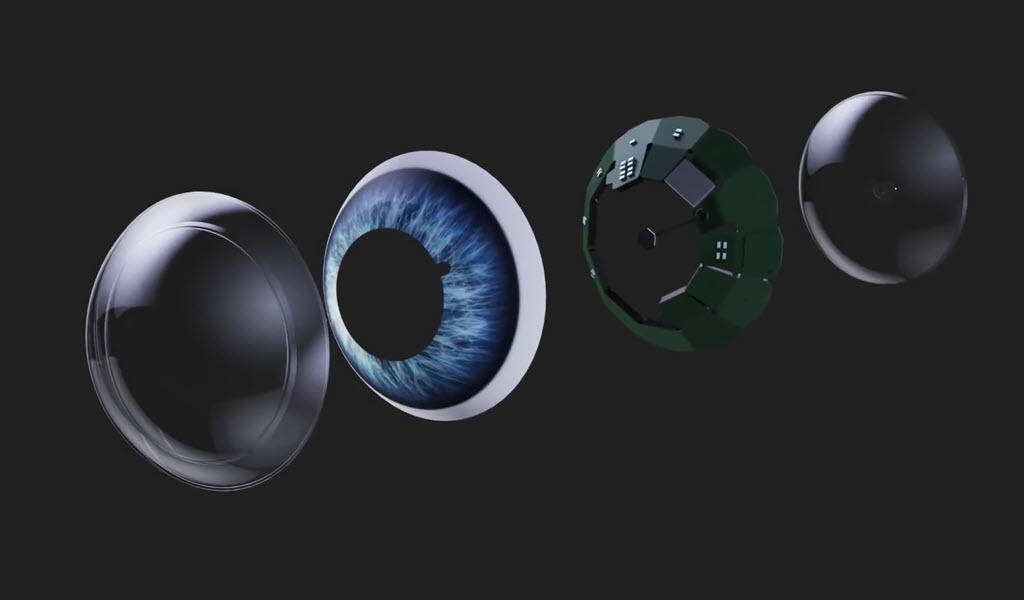
Mojo Vision has been working on its lenses for seven years. It is impossible to imagine the engineering required to get to this point.
The Mojo contact lens has the world’s smallest MicroLED display, plus a radio, an ARM processor, a collection of sensors similar to those in phones – accelerometer, gyroscope, and magnetometer – and a medical grade battery. The little teensy tiny electronics fit on the white of the eye so they don’t block vision. There are more details about the technology in this Mojo press release.
The contact lens includes an incredibly small reverse lens that tracks eye movements. That’s the user interface, moving your eyes to turn displays on or off and view the AR digital overlays.
The display is similar to the green screen of the first personal computers – text and simple monochrome images. The CEO wore a single lens but the goal is a lens in each eye, which would permit some 3D effects.
The Mojo Lens offloads some of its processing to a nearby device, currently an external controller worn around the neck.
What could you see?
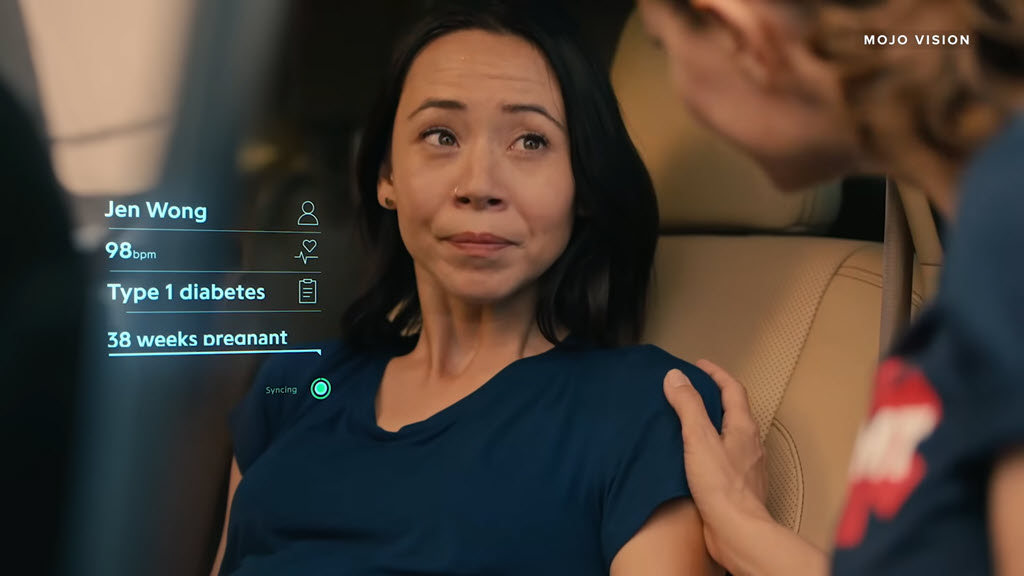
A doctor could see information about you in an emergency.
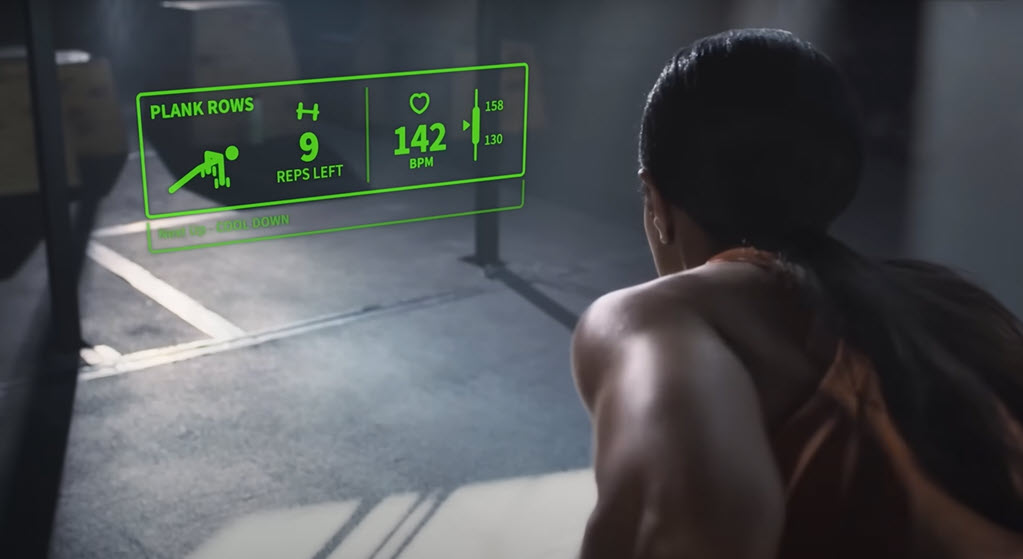
You could see your stats during a workout.
Firefighters could see the location of other firefighters along with oxygen tank level, communications signal strength, and alerts. A hotel concierge could “seamlessly identify and greet incoming guests based on data called up from a database and displayed within the lenses.”
Athletes might like it for seeing routes and performance data. Technicians might like it for seeing schemata overlaying aircraft engines or building superstructures. Anyone who uses a smartwatch or smartphone today might like it for quicker, more accessible data delivery or augmented reality experiences than they can get from existing devices. And those with limited vision can use it to highlight dangers and routes, Mojo says.
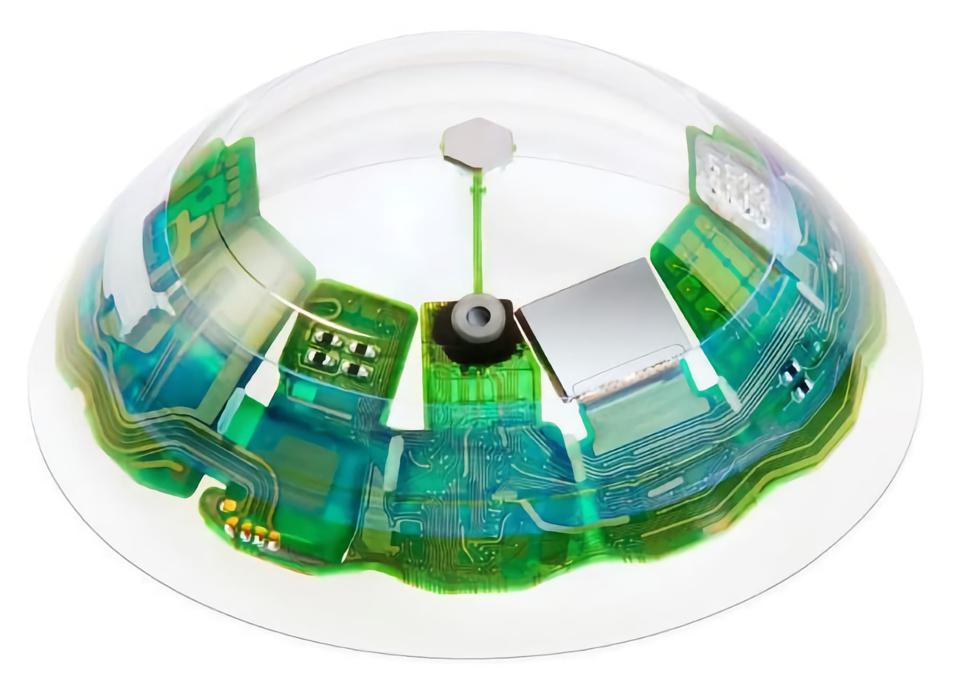
Louis Rosenberg is a longtime AR researcher and currently CEO of Unanimous AI. His report about the Mojo contact lens demonstration concludes with this prediction:
Over the last 30 years, the technologies to enable immersive AR have been invented at an impressive pace, taking the field from a room full of expensive Air Force hardware in 1992, to tiny transparent lenses that fit on the surface of your eyes in 2022. And along the way, there have been many significant innovations, from the Microsoft HoloLens and Magic Leap headset to Pokémon Go and Snap AR.
With so much impressive engineering happening in labs all around the world, I remain confident that AR will replace the mobile phone as the platform of our lives within the next 10 years. (emphasis added)
